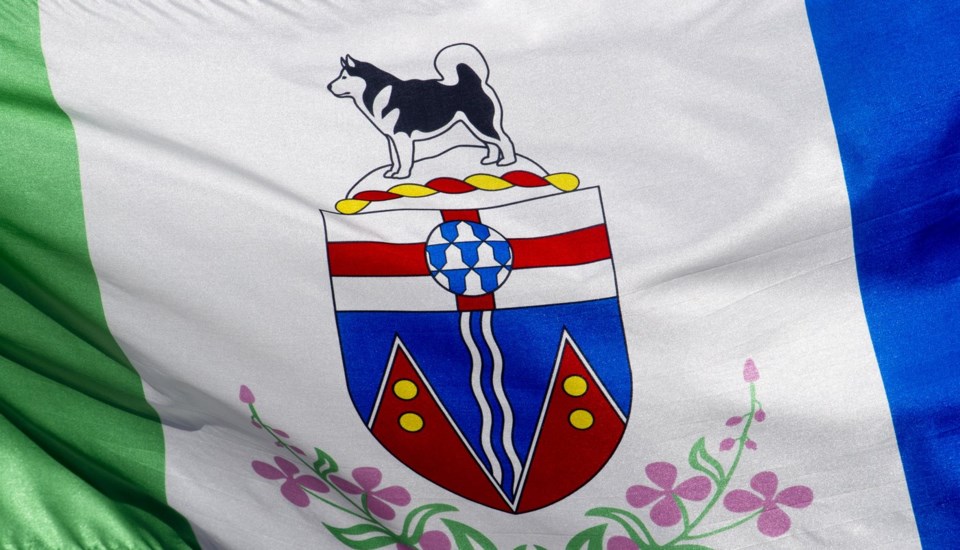WHITEHORSE — The Yukon government says contaminated water from the Eagle Gold Mine, the site of a catastrophic mine failure last June, is now being discharged ahead of the spring snow melt.
The government says in an update on the failure in the heap leach storage facility that the receiver appointed to oversee the site believes it's "critical" to start the release to prevent cyanide-tainted water leaking out in an uncontrolled way.
The update says the water's copper levels are "not fully compliant" with both federal regulations or the site's water licence.
It says the receiver, PricewaterhouseCoopers, is building a "settling pond" to deal with the copper-laced water and once finished, the discharged water is "expected to meet all required conditions."
The Yukon government says about 3,000 cubic metres of water will be released each day until the new pond is ready, and it's the "safest option" in order to manage water levels as snow begins to melt in the spring.
The update says a leak from a containment pond at the site reported in late December caused cyanide, cobalt, chloride and nickel levels rise in nearby Haggart Creek, which "may negatively impact fish health in the downstream environment"
This report by The Canadian Press was first published Feb. 14, 2025.
The Canadian Press



